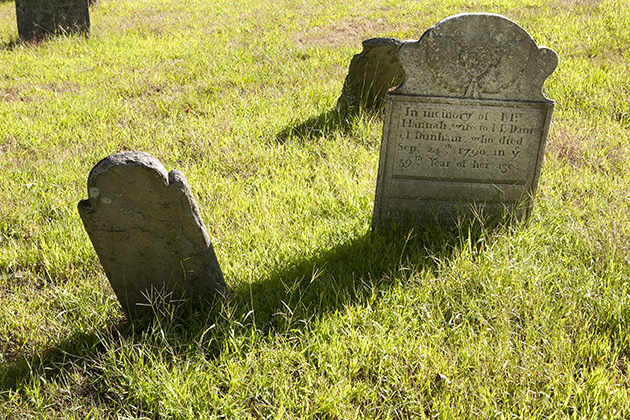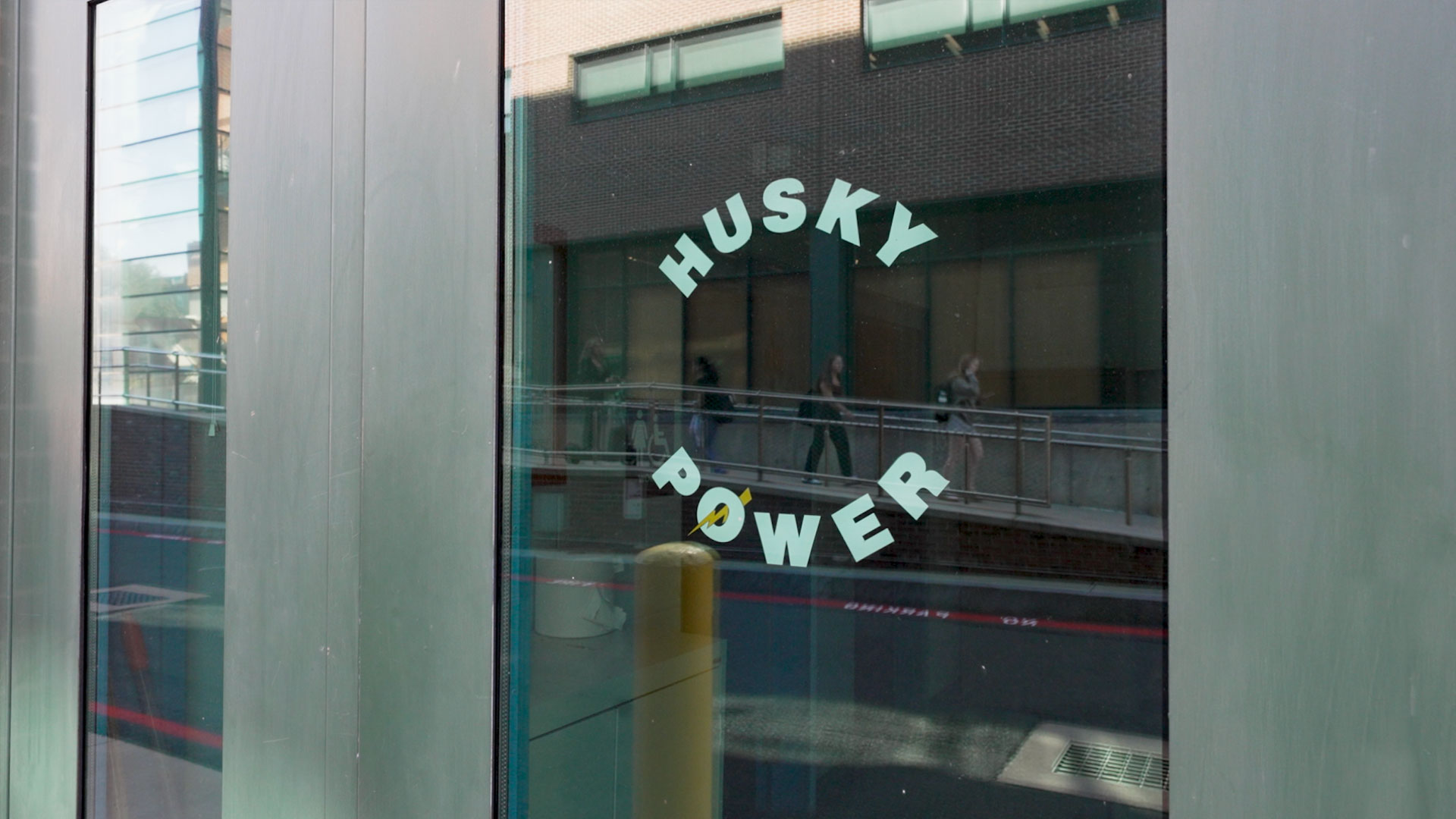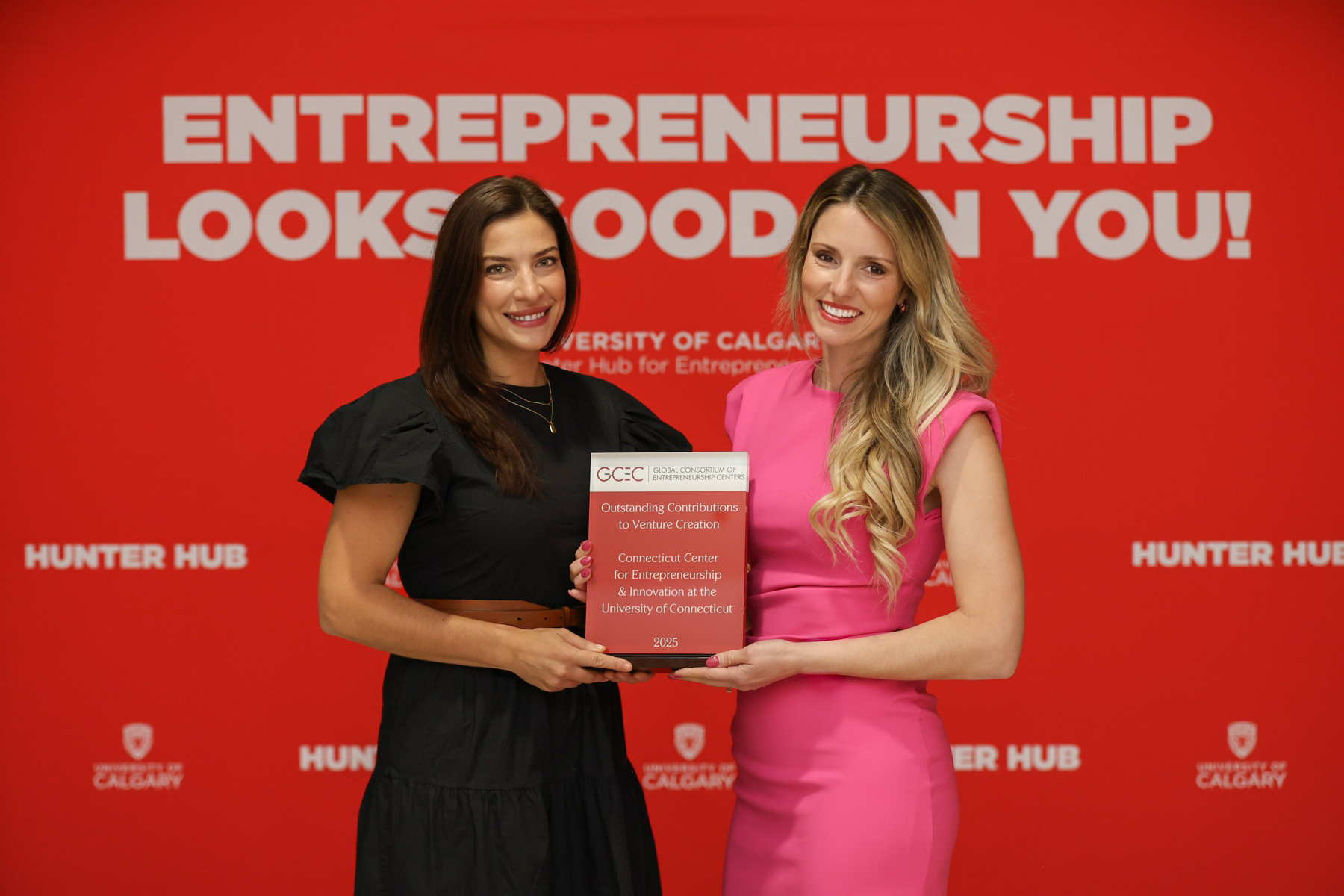
Each semester young historians are introduced to the tricks of their trade. New to the world of archives and microfiche, these students learn for the first time the truth of L.P. Hartley’s famous observation, “The past is a foreign country; they do things differently there.”
Such as writing the letter “s” like an “f,” notes Jigish Patel, a senior from Newington, Conn., who is pursuing degrees in history, political science, and chemistry. Patel encountered the distant world of early American print culture this spring in Professor Robert Gross’s Historian’s Craft course, “Newspapers and American History,” which treats colonial and antebellum periodicals as both records of the past and objects of inquiry themselves.
One assignment asked the class to look at the press coverage surrounding the scandalous murder of a prostitute in Manhattan in 1836. By reading old issues of the New York Herald, students were able to reflect on not just the murder itself, which is “eerily similar to stories that could be found in today’s news,” says freshman Austin Murray, but also on the rise of the penny press as well. How did these papers talk about crime and, as Patel asks, “What did that say about the state of society at that time?”
The goal of Historian’s Craft, one of two courses required for all history majors, is to equip students with the tools needed to explore the past in a sophisticated and critical manner. But not all teachers teach it the same way. In Prof. Nancy Shoemaker’s fall 2011 section, Alexander Ramsey and his classmates each chose a different individual buried in Old Storrs Cemetery and used archival documents, census records, and secondary literature to reconstruct some sense of the world in which they lived.
“I drove to Warrenville and Ashford, Conn., to find the tombstones of other relatives of my subject,” says Ramsey, who eventually built a family tree for John Fletcher, a Mansfield, Conn., resident who lived in the 18th century. “It was very different from other history classes, in that I actually did the work that historians do.”
By using nearby gravestones as a starting point for research, Shoemaker hopes to show her class that history happens everywhere, and that being a historian means indulging in curiosity about the world around us. “It can be fun and exciting – like solving a puzzle.”

If Historian’s Craft gives many students their first taste of serious historical inquiry, an honors thesis can provide the opportunity to put those skills to a question or topic of their own choosing. Emily Martens ’12 (CLAS), a double major in history and English, wrote about the United Fruit Co.’s dealings with Central America from 1899 to the 1970s and, in particular, how the U.S. government encouraged or impeded its controversial business practices in the region.
“I wanted to measure how relationships between the executive branch and large corporations have evolved over the 20th century,” says Martens. As a senior, she deepened her knowledge of American government as a Presidential Fellow at the Center for the Study of the Presidency and Congress in Washington, D.C.
Senior David Schwegman, also a history major, spent this summer in Washington and Berlin studying Holocaust memorials as part of his individualized research as a University Scholar. Working with faculty members Robert Gross and Emma Gilligan in history and Cathy Schlund-Vials in English and Asian American Studies as advisers, Schwegman explored how the United States Holocaust Memorial Museum and the Jewish Museum Berlin commodified Holocaust memory and dealt with the problem of indifference in their exhibit designs.
The project was funded by a Summer Undergraduate Research grant and a Humanities Institute grant, and built on what Schwegman learned about the history of atrocities while researching the 1972 Burundi genocide last summer.
But Schwegman will also draw on the analytical skills he refined in faculty member Fiona Vernal’s 2011 Historian’s Craft course. For while the past may be a different country, where they do things radically different than we in the present, the tools of the historian are remarkably handy. Close reading and judicious thinking are normally enough – plus, remembering that s’s sometimes look like f’s.
Daniel Platt completed his master’s degree in history this spring and now is enrolled in the Ph.D. program in American Civilization at Brown University.


